The barren islands that countries never stop fighting over
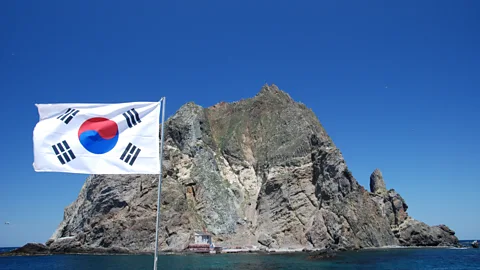 Wikipedia/Ulleungdont/CC BY 2.0
Wikipedia/Ulleungdont/CC BY 2.0Here and there, all over the world, there are islands which don’t conclusively belong to anyone. But why do disputes over who owns these tiny rocks in the sea never get resolved?
Far into the northernmost regions of our planet, in an Arctic channel between Canada and Greenland, lies a barren island of little more than a square kilometer in size. There’s practically nothing on it, except a weather station. No one lives here, there are no natural resources to speak of and it’s a very long way from civilisation as we know it.
But two countries have been arguing over it for decades. Canada and Denmark (which is responsible for defending Greenland) have never been able to decide who owns the place. It’s far from the only territory like it – in fact there are a surprising number of disputed islets and desolate rocks jutting out of the sea around the world. Why is their ownerships still an open question?
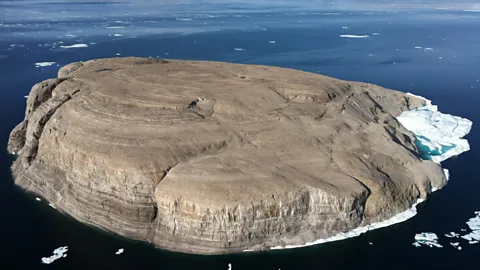 Wikipedia/Toubletap/ CC BY 2.0
Wikipedia/Toubletap/ CC BY 2.0At Hans island, which hit headlines again recently, Danish and Canadian expeditions periodically engage in playful demonstrations of their claims over the territory. In 1984, Canadian forces planted a flag on the island and left a bottle of whiskey. A week later, the Danish minister for Greenland came to remove the flag and left a bottle of schnapps and a note saying, “Welcome to Denmark”.
It sounds amusing, but there are serious political and territorial tensions behind the pranks. As Arctic waters become less divided by ice floes each year due to melting sea ice, shipping activity in the region is increasing. Knowing who has jurisdiction over what bits of land and sea (anything within 22km, or 13.6 miles, offshore is considered the territory of the landowner) is hugely important to avoid accusations of trespassing in territorial waters. The island, then, could help either nation solidify its sovereignty in the region.
 Wikipedia/Finlay McWalter/CC BY 2.0
Wikipedia/Finlay McWalter/CC BY 2.0There are plenty of other examples. Take North Rock, for instance. It’s a barren outcrop of rock in the Atlantic near to Canada and the US state of Maine. Both countries claim it, but neither has forced a resolution to the dispute. Then there’s the Liancourt rocks, also known as the Dokdo islands, which are a series of tiny islets controlled by South Korea since 1952. Japan disputes this sovereignty vigorously – but only verbally.
What about the acre-wide Migingo island, situated in Africa’s Lake Victoria? At one time it was entirely submerged, but then waters in the lake receded. The Kenyan government has claimed that in 2004 Ugandan marine police pitched a tent and flag on the island. Officers from both nations have exchanged occupation of the island since then and its ownership is hotly contested because of the importance of fishing rights in the lake.
 Wikipedia/Ulleungdont/CC BY 2.0
Wikipedia/Ulleungdont/CC BY 2.0There are even large reefs, like Mischief Reef in the South China Sea, where countries have engaged in land reclamation and military deployment. China has been building airstrips on Mischief Reef for years but it is the subject of a territorial dispute between China, Taiwan, the Philippines and Vietnam. Now and again, the US navy sails a ship nearby in a show of competition with the Chinese.
While these and many other island territory disputes rumble on with no immediate sign of resolution in sight, it’s worth asking why, in 2015, these arguments remain so tricky to settle.
“A lot of the time it’s very little to do with the actual possession of territory but more to do with the ability to claim exclusive fishing zones, exclusive areas for exploration of oil or gas that kind of thing,” explains Jonathan Eyal, director of international security studies at the Royal United Services Institute (RUSI).
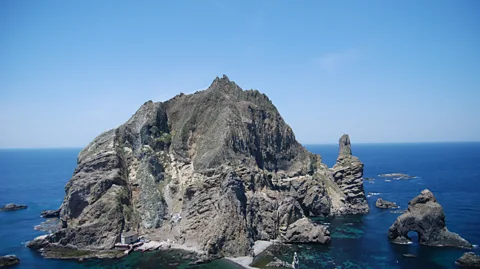 Wikipedia/Ulleungdont/CC BY 2.0
Wikipedia/Ulleungdont/CC BY 2.0But Eyal adds that such disputes don’t just relate to the acquisition of resources – and nor are they the preserve of younger countries with fresher borders. Quite often, they concern large, wealthy nations whose borders have more or less been clearly defined for many decades.
Part of the reason for this is that there is some value in retaining legal uncertainty over whether one territorial claim is more valid than another. International maritime law works by precedent, so conceding a territory might have unintended consequences in the future.
“If the United States were to give in over some godforsaken frozen rock in the Arctic to the Canadians, the principle would then be used by others to suggest that the United States accepts a certain interpretation of the law of the sea that they did not accept before,” says Eyal.
This means that leaving things in limbo is quite often desirable. Eyal adds that there are political sensitivities at play here, too. Politicians who resolved a dispute could later be criticised for how it was handled. Keeping the argument open effectively preserves a government’s commitment to the nation’s sovereignty.
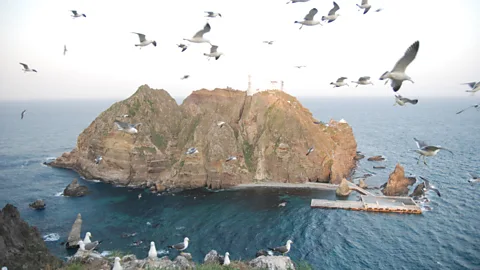 Wikipedia/Ulleungdont/CC BY 2.0
Wikipedia/Ulleungdont/CC BY 2.0“If you resolve the dispute and end up with a compromise, you can be accused of betraying your country or giving up the territory of your nation,” notes Eyal.
Because new islands or territories are formed when volcanoes erupt, waters recede, or Arctic ice melts, this subject is one that in some ways is always evolving. Interest in certain regions also changes over time depending on the nature of trade and resource exploration among other things, so disputes are sometimes forced into the limelight despite having lain dormant for many years.
For example, with rising diplomatic and military tensions between the US and China, the sovereignty of islands in the South China Sea has become more and more important. Places like Mischief Reef have been dragged into the debate purely because of how relations between these two superpowers have developed.
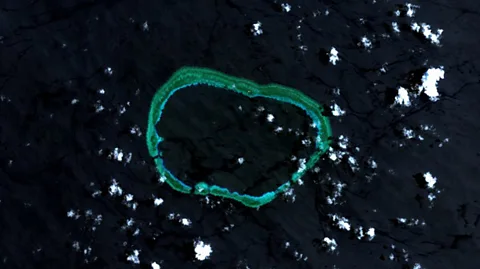 Wikipedia/NASA/CC BY 2.0
Wikipedia/NASA/CC BY 2.0But taking rash actions, such as military intervention, over tiny territories is probably not on the cards for any of these states. And so these fragmented bits of land dotted around the globe continue to be the subject of rhetoric and wars of words.
At least this way the assertions of each side are able to persist in a way that, perhaps, benefits both.
As Eyal says, “Very often, keeping these things in frozen conflict is the best way.”
